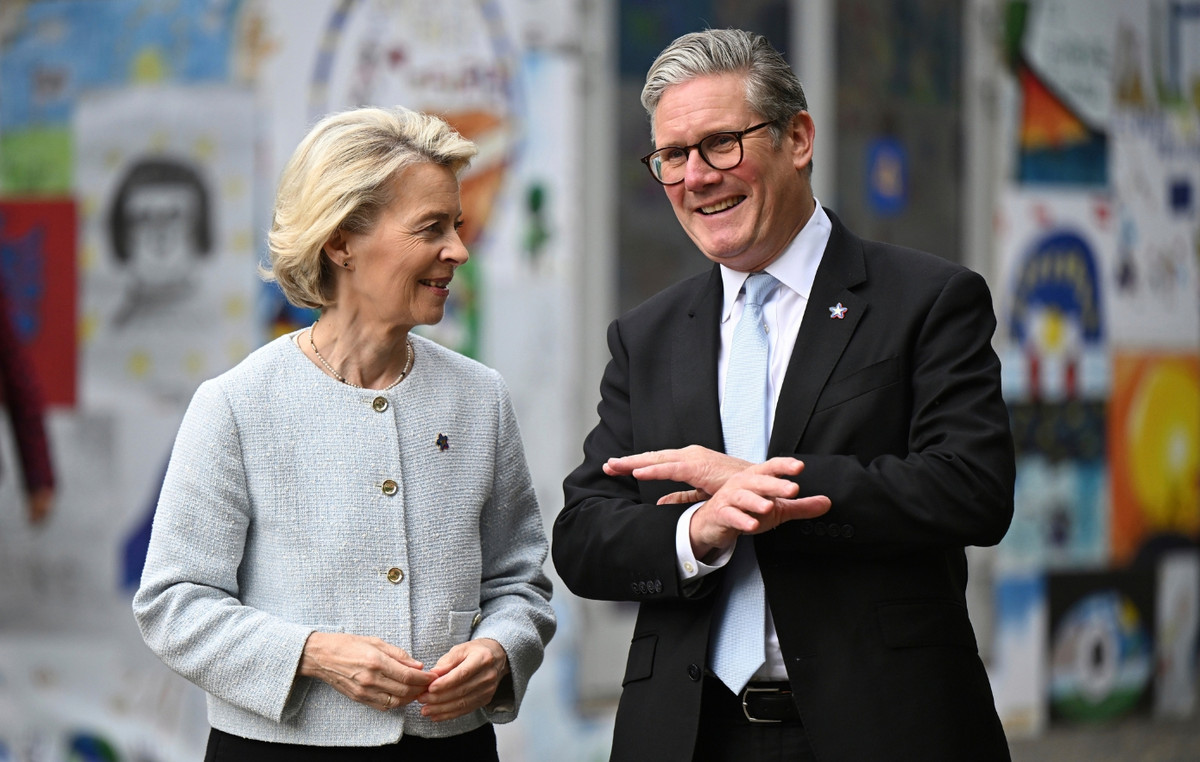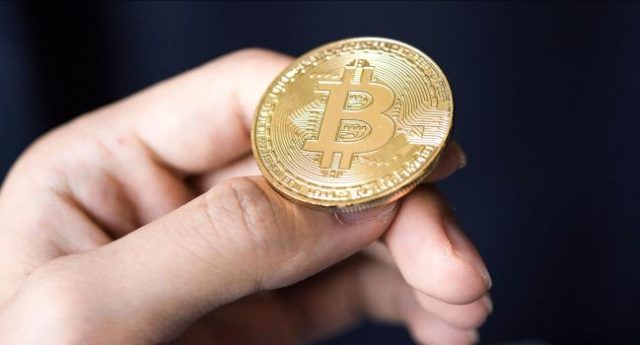The dollar closed up 2.32% this Tuesday (26), at R$ 4.989. This is the highest value since March 18 this year, the last time it was above R$5 (R$5.01). The Ibovespa, on the other hand, closed down again, 2.23%, at 108,212.86 points. With today’s session, the main index of the Brazilian stock market has accumulated seven daily falls in a row, the longest sequence of lows since May 2016.
Throughout the day the US currency reached the mark of R$ 5with the Brazilian currency handily leading the losses among the main global currencies in the session, even after the Central Bank announced auction extraordinary currency swaps.
The high peak was 2.53%, at 11:45 am (Brasília time), when the information came that the BC would carry out, between 12:20 pm and 12:30 pm this Tuesday, auction of up to 10 thousand traditional foreign exchange swap contracts.
They were sold in the operation, the first of its kind since auction held on December 22, 2021, all US$500 million offered in the form of traditional foreign exchange swap contracts.
The currency decelerated higher shortly after the announcement of the auctiondropping to R$4,968 on sale at 11:46 am (up 1.88%), before regaining some steam.
At around 4:10 pm, the spot dollar advanced 2.1%, at R$ 4.978 on sale.
At the same time, the Ibovespa fell 1.97%, to 108,504.31 points, as the losses of shares in the domestic banking sector, after the balance of Santander Brasil, were added to the effect of a bearish session on Wall Street.
The negative reaction to the results of Santander Brasil, which opened the balance sheet season for the large local banks, contaminated other papers in the sector, including Itaú Unibanco and Bradesco, which helped to bring the index down. Electricity companies were among the positive highlights at the opposite end.
Day of wide appreciation of the dollar
The day was of wide appreciation of the dollar, whose index against a basket of strong rivals rose about 0.45%, hovering around two-year highs amid fears about intensifying monetary tightening in the United States and the prospect of an economic slowdown in China.
Emerging currency pairs of the real, such as the Mexican, Chilean and Colombian pesos, also traded in the red, although with declines at much better paces.
In addition to the risk-averse exterior, some investors point to the uncomfortable domestic political environment as an additional factor of caution.
The dollar’s surge in the local market comes after the currency has already jumped 5.59% in the accumulated of the last two trading sessions, the strongest appreciation in two days since May 18, 2017 (+9.48%), when the markets melted after a snitch by Joesley Batista, one of the partners at JBS.
When it touched BRL 5, at the peak of the session, the dollar surpassed this important psychological level for the first time since last March 21, 8.5% above the closing price of BRL 4.6075 recorded on April 4 – minimum since March 2020.
external influence
“The biggest factor (of influence) is coming from outside,” says Luciano Costa, economist and partner at Monte Bravo Investimentos, citing fears of a global economic slowdown that have been hitting markets both because of the prospect of more aggressive interest rate hikes in United States and the measures to contain Covid-19 in China.
Camila Abdelmalack, economist at Veedha Investimentos, also notes that the impact on the Chinese economy affects commodities “and with that there has also been a withdrawal (of resources) by foreign investors in recent times”, “which has brought the stock market below the level of 110 thousand points”.
Wall Street’s main indexes fell between 1.3% and 2.7%, with the focus remaining on the prospect of a more aggressive tightening of US monetary policy and the economic effects of restrictions in China against Covid-19. The market is waiting for some support from results from major US technology companies such as Alphabet and Microsoft to be released after the market closes.
On the local scene, the Focus bulletin was published again after a hiatus of almost a month, and pointed to a projection of the Selic rate by economists of 13.25% at the end of the year, compared to an expectation of 13.05% in the previous week and 13 .00% for four weeks.
Highlights:
– SANTANDER BRASIL UNIT fell 4%, after posting net income of 4.005 billion reais in the first quarter, in line with market expectations. Provisions increased in the monthly and annual comparison and the results reinforced the view of a sequentially lower net interest income. Asset quality came in worse than expected, wrote analysts at Credit Suisse. BRADESCO PN fell 4.1%, ITAÚ UNIBANCO PN lost 3.2% and BANCO DO BRASIL ON lost 2.2%.
– VALE ON was down 0.2% after iron ore futures in Dalian fell 2.5%. Nickel futures in Shanghai slumped 6.8%. CSN ON decreased 3.8% and led the fall among steelmakers. A fire hit a company shed in Volta Redonda, Rio de Janeiro, but there were no injuries or impact on production.
– PETROBRAS PN fell 0.1% and ON was stable, despite a slight increase in oil prices, with the market weighing up fears with supply in Russia and demand in China. 3R PETROLEUM ON was down 0.9%, while PETRORIO ON had gains of 1.8%.
– TIM ON advanced 0.9%, extending gains from the previous day after disclosing details, including synergies, of the transaction with Oi Móvel.
– ENERGISA UNIT was up 1%. The company presented operating data for March the night before. Electricity companies showed a positive performance in general, especially EQUATORIAL ON, which rose 1.1%.
– ULTRAPAR ON showed a decrease of 4%, on the day the company was presented to analysts and investors.
Source: CNN Brasil
I am Sophia william, author of World Stock Market. I have a degree in journalism from the University of Missouri and I have worked as a reporter for several news websites. I have a passion for writing and informing people about the latest news and events happening in the world. I strive to be accurate and unbiased in my reporting, and I hope to provide readers with valuable information that they can use to make informed decisions.







